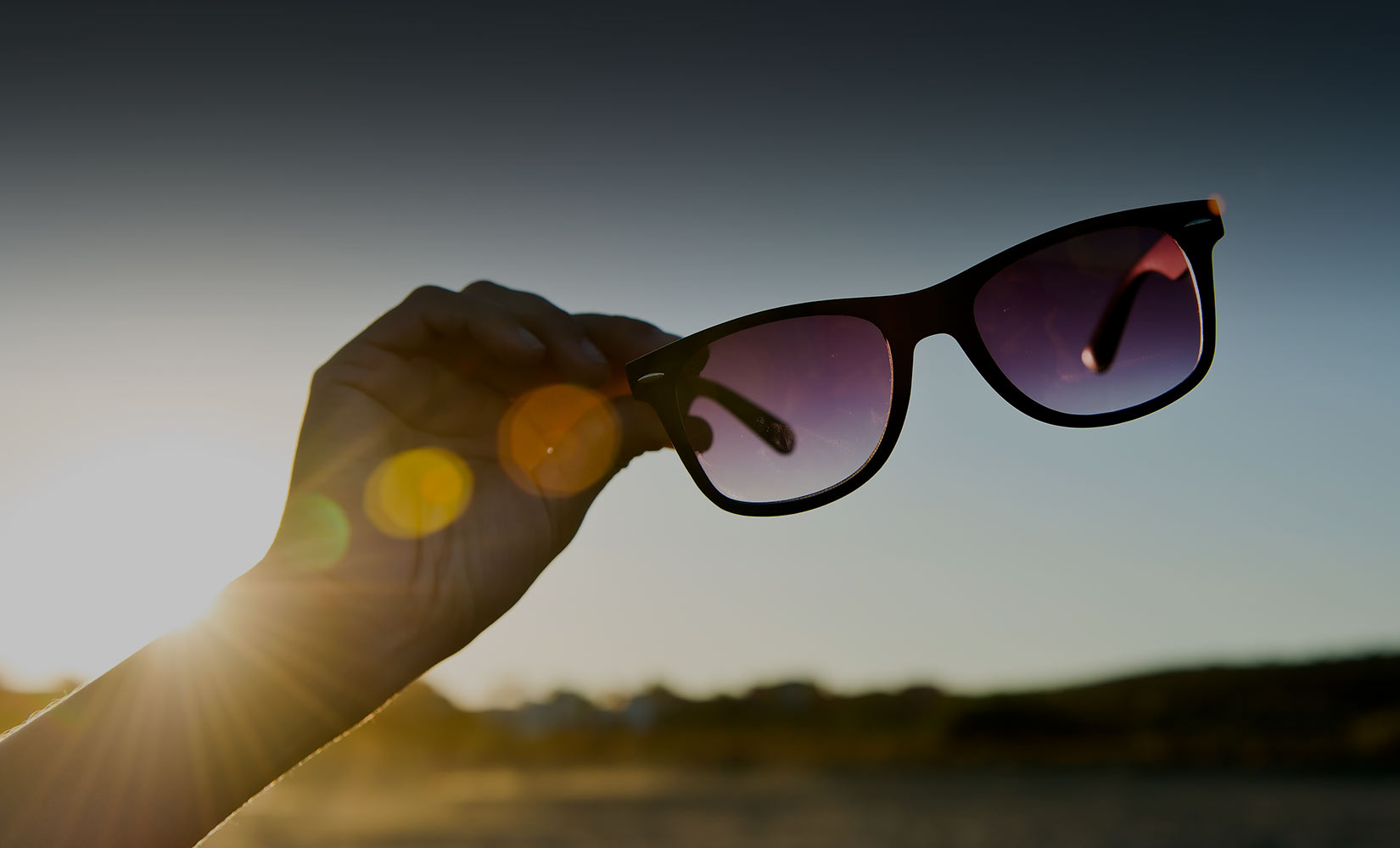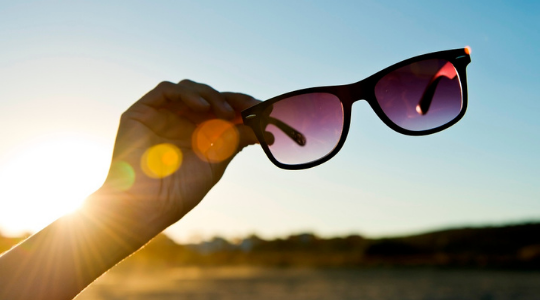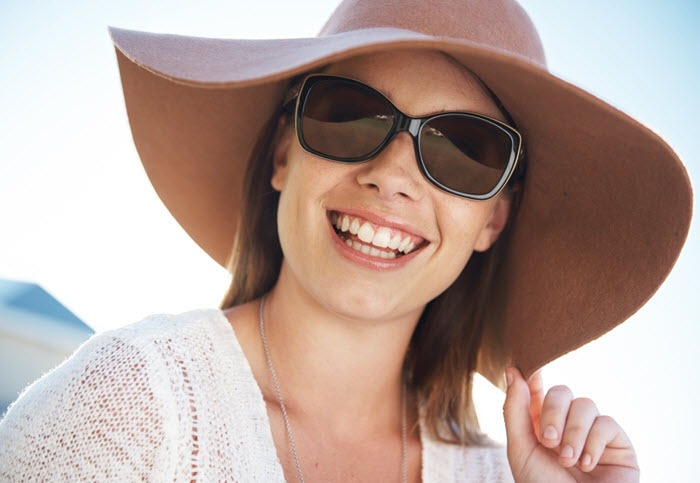
Sun Protection
Ways to Enjoy the Sun Safely
1. Shade
One of the best ways to protect your skin from the harmful effects of the sun’s UV rays is to spend some time in the shade.
Remember: try to avoid being outdoors for long periods from 11am to 3pm when UV radiation is highest
The best alternatives:
- Create your own shade using canopies, umbrellas or tents
- Find a tree to cool down under
- Go indoors for a break or organise indoor activities for the middle of the day
Shade structures can reduce your overall exposure to UV rays but they may not completely protect you. UV rays can get through some fabrics and can reflect back up from the ground. So it’s still important to protect your skin from the sun with loose clothing, a wide-brimmed hat, sunglasses and sunscreen.
2. Clothing
Clothing is an excellent way to protect your skin from the sun. When picking clothes:
- Choose lightweight fabrics and darker colours
- Fabrics with a tight weave give more protection – if you can see sunlight through the fabric then the UV rays can get through
- Long sleeves, collars, trousers or long skirts give greater protection
- Old, worn or wet clothing may give less protection
3. Hats
Common sites of skin cancers are the neck, forehead, face, nose and ears. For most of us, these areas are most exposed and receive more UV than other parts of the body. Hats are great for protecting your ears, neck and face – always wear one along with other protection.
Which hat?
Choose a hat you like you are much more likely to wear it. Your hat should fit both your head and your lifestyle. Hats that blow off easily or hats that interfere with work or play, whatever the sport, won’t do the job. Hats with fabric you can see through let the UV rays through!
For the best protection, wear broad-brims, but if you prefer a baseball cap, be sure to use sunscreen on your unprotected ears and neck.
Hair is also a natural sunshade. If your hair is thinning, very short or styled into twists, be careful – wear a hat to protect your scalp.
4. Sunglasses
Eyes, like skin, are vulnerable to damage from UV rays. Damage from the sun or sunbeds might not been seen or felt but can build up over time. Short-term effects of over-exposure to UV rays include mild irritations such as excessive blinking, swelling or difficulty looking at strong sunlight. Over-exposure can also cause sunburn of the cornea, as in snow blindness or welders flash burns.
Over long periods, over-exposure to UV rays can result in more serious damage to the eyes, such as cataracts, cancer of the eye and skin cancer of the eyelids and delicate skin around the eyes.
Always buy sunglasses from a reputable supplier. When choosing sunglasses look for the following:
- the CE Kite Mark
- the EN standard sunglasses for general use should meet the standard EN ISO 12312-1. There are other EN standards which may apply if you need UV eye protection at work. More information on the EN standards for eye protective equipment is available here
- the UV 400 label
- 100% UV protection
Make sure that the glasses give protection at the side of the eye, for example choose wraparound styles. If you wear corrective lenses ask your optician for advice on UV-protective coating, attachable protective shades or prescription sunglasses.
Children and sunglasses
It’s important to protect children’s eyes. When they are old enough to manage, or have enough nose to perch them on, children should wear sunglasses that meet the standards above. Toy sunglasses are just that – toys – and may not offer adequate protection.
5. Sunscreen
Sunscreen alone will not protect us completely from sun damage. However, it can be useful for protecting the parts of skin we can’t shade or cover. This is why we recommend using sunscreen together with shade, clothing, hats and sunglasses to avoid getting too much UV exposure.
Be UV Aware to find out when to protect your skin and eyes.

CARE IN THE SUN
RISK FACTORS
Anyone can develop skin cancer, whatever their skin colour. However, certain skin types are more at risk from the effects of UV radiation than others.
SKIN PROTECTION
Too much ultraviolet (UV) light, either from natural sunlight or from artificial sources such as sunbeds, is the main cause of 80% of skin cancers.
SUNBEDS
Sunbeds, tanning booths and sun lamps give out ultraviolet (UV) rays that can damage your skin and can make it look wrinkled, older or leathery.


